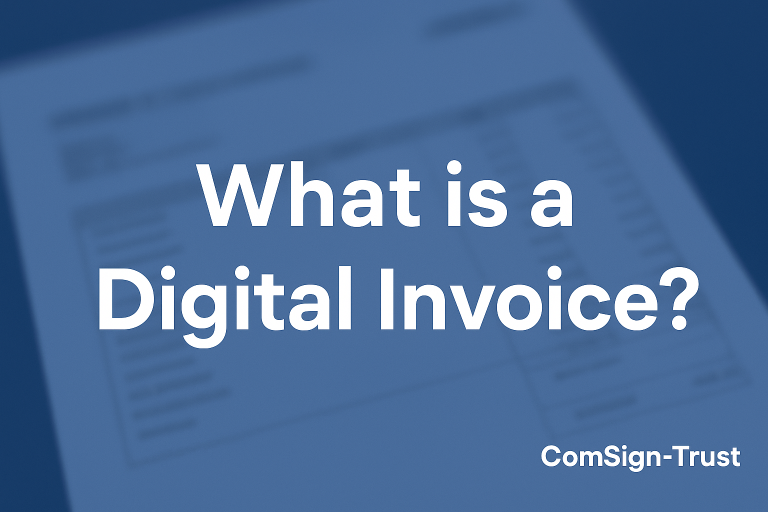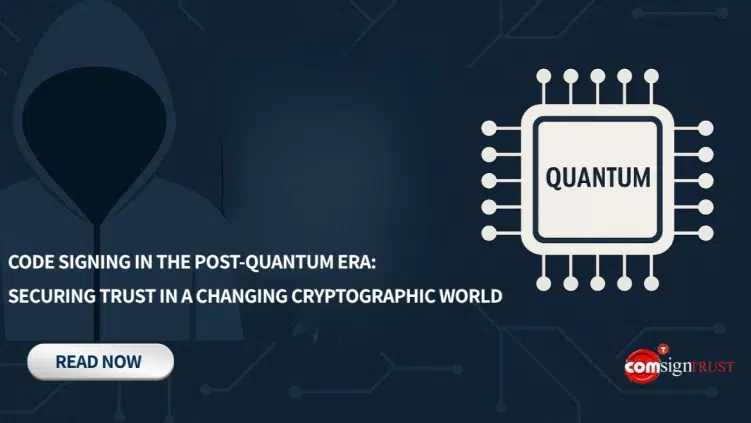Opening Gambit
In server farms across the globe, where cooling fans whisper and fiber optics carry secrets worth billions, an invisible war runs on schedule: always. No sirens. No smoke. Just the soft glow of dashboards and the quiet tick of logs rolling by. Yet the stakes couldn’t be higher.
Welcome to cyberwarfare, where nations and corporations move like grandmasters, calculating not one move ahead, but entire sequences of attack and counterattack. The board spans continents. The pieces are made of code. And a single elegant move can topple a government program or bankrupt a Fortune 500 overnight.
Traditional warfare has uniforms and borders. Cyber conflict has neither. It’s fought with malicious packets that slip through networks like smoke, Trojan updates dressed as trusted friends, and social engineering that converts human kindness into a vulnerability. It’s offense and defense at once, sword and shield, often wielded by the very same hand.
The Global Chessboard
Picture every nation seated at a board where new squares appear daily and the rulebook mutates with each breakthrough. Some states advance pawns carefully, patches, basic firewalls, and training refreshers. Others unleash queens and rooks, custom malware, supply-chain implants, and deepfake campaigns.
The center of this board is critical infrastructure: power grids, hospital networks, air-traffic control, clearinghouses, and payment rails. Control those squares, and you set the tempo. Lose them, and even a well-funded cyber force falls into reactive play.
Here’s the unsettling paradox: every player attacks and defends simultaneously. By day, ministries and multinationals harden identity, rotate keys, drill incident response. By night, the same institutions probe rivals for the one neglected port, the one unrevoked credential, the one pawn left hanging.
Pawns, Knights, and Queens of Code
Pawns look humble, until they don’t. Cyber has its own pawns: phishing emails, cloned portals, and malicious attachments. They’re cheap, repeatable, and often blocked. But advance just one pawn, and it can promote: a single click becomes credential theft, lateral movement, and administrative control.
Knights are APTs, advanced persistent threats. They don’t rush; they leap unpredictably over straightforward defenses, land deep, and wait. Months can pass while they map trust relationships, and your “normal” When they strike, the real victory may be quiet: trade secrets siphoned, policy deliberations read in real time, a supply chain diagrammed down to the last API key.
Rooks show up as automation at scale: botnets and worms that sweep across flat networks in ruthless straight lines. Bishops cut diagonally through trust boundaries, third-party libraries, vendor updates, firmware blobs, precisely where “we didn’t write that” becomes “we didn’t see that.”
And the queen? She is still power married to flexibility: AI-assisted offense that adapts mid-attack, or AI-assisted defense that correlates anomalies in motion and answers in seconds instead of hours.
The king is simpler and more fragile: trust. If you cannot trust who signed the order, who deployed the build, or who approved the wire, your position is already lost; you just haven’t seen the checkmate yet.
See content credentials
Digital Castling: Defense by Identity
Castling protects the king by tucking it behind a wall. In cyber, that wall is identity and integrity. Prove who you are; prove what you send; make tampering obvious.
This is where public key infrastructure (PKI), digital signatures, and certificate lifecycle management matter. They aren’t flashy, but they decide games. A prescription that can’t be forged. A contract that can’t be altered without a scar. A device certificate that expires on time instead of lingering as a hidden doorway.
Quiet partners keep these rails humming. ComSignTrust is one of those steady hands: PKI-based digital certificates, strong authentication, and automated certificate management that keep identities provable and artifacts verifiable. Think of it as castling done right, placing guards on the right squares so routine moves stay safe and extraordinary moves stay accountable.
The Middle Game: Pressure Everywhere
The middle game is where tension peaks. Make one imprecise move and the position collapses two turns later.
Ransomware has grown from smash-and-grab to full-service playbooks, call centers, and profit-sharing. Nation-state units play longer arcs, seeding backdoors into tooling and silicon, planting time bombs meant to detonate years from now. Disinformation blurs what’s true. Data poisoning targets not just systems but the models that steer them.
Defenders must orchestrate, not improvise. No single tool wins:
- Prevention: hardening, segmentation, and least privilege.
- Proof: document and code signing, device identity, certificate hygiene.
- Detection: behavior baselines, anomaly correlation, honeytokens.
- Response: rehearsed playbooks, clean-room rebuilds, forensics that travel.
Notice proof. It rarely grabs headlines, yet it quietly decides outcomes. A signed invoice prevents a fake one from entering the system. A revoked certificate cuts off an ex-employee’s access before the damage spreads. A non-repudiable signature resolves a legal dispute in minutes, not quarters. This is where the unglamorous controls often delivered by teams like ComSignTrust turn “we believe” into “we can prove.”
Playing for Position, Not Just Points
Tactics win skirmishes; strategy wins campaigns. The best teams don’t merely block this week’s malware variant. They design for tomorrow’s unseen move.
Three habits separate resilient programs:
- Identity first. Treat certificates and keys like code: inventory, automate issuance and rotation, watch for drift, and retire on schedule.
- Constrain movement. Assume compromise is possible. Make lateral moves expensive with segmentation and just-in-time access.
- Make truth portable. Sign what matters documents, builds, records, and releases so proof travels with the payload. Trust should not depend on one fragile perimeter.
In practice, that means standardizing on PKI for people, apps, and devices; automating the certificate lifecycle; and using digital signatures wherever business risk demands evidence. It’s measured, methodical, and importantly boring. Reliable wins often feel boring at the time and essential in hindsight. That quiet reliability is the lane where ComSignTrust tends to operate.
Incident to Endgame: What Survives a Breach
Breaches still happen. What determines the narrative afterward is speed, clarity, and credibility.
- Speed comes from rehearsed playbooks, clean separations, and immutable backups.
- Clarity comes from telemetry tied to identity: who signed, who approved, who rotated which key when.
- Credibility is proof, tamper-evident logs, signed artifacts, and auditable keys.
These are the moments when the “boring” investments shine. A regulator asks what changed; you produce signatures and timestamps. A partner asks if the update is clean; you present verifiable code-signing. Finance asks about a contested invoice; you show non-repudiation. The incident may dominate headlines, but the endgame belongs to organizations that can prove their claims.
The Coming Variant: Post-Quantum Chess
Looming over the board is a new piece: quantum computing. Timelines are debated, but the direction is clear: today’s public-key algorithms will not last forever. The right response is crypto agility: know what you run, separate policy from implementation, and be able to switch algorithms without rebuilding the house.
Forward-looking trust platforms are designed for that inevitability. ComSignTrust is among those preparing for PQC readiness, keeping issuance, validation, and lifecycle operations adaptable so migrations are deliberate, not desperate. If the queen starts moving like a knight, you want to be the player who read the variant rules in advance.
Five Practical Moves That Win Often
- Map trust, not just assets. Who can sign what? Where do keys live? What breaks when they expire?
- Automate the certificate lifecycle. Issuance, rotation, revocation: make them default and dull. Humans forget; systems don’t.
- Sign the business. Documents, approvals, software releases, medical records, invoices, if it matters, sign it.
- Design for revocation. Build so that trust can be pulled quickly and cleanly, no midnight scavenger hunts.
- Practice the disaster you fear. Tabletop with legal, PR, and execs. Winning the narrative requires artifacts, not adjectives.
The Human at the Board
For all the math and machinery, this is still human work. A cautious click. A sceptical pause. A habit of checking the signature before trusting the file. The best teams teach people to see the board, not just the piece in front of them.
We won’t stop playing this game; tomorrow’s round begins as today’s ends. But we can choose how we play: with identity at the center, with proof that travels, and with partners who keep the quiet parts of trust running. That’s how a chaotic middle game becomes a clean endgame.
In chess, checkmate ends the round. In cybersecurity, it starts the next one, with better positions, fewer surprises, and a king guarded not by hope, but by verifiable truth.
P.S. If trust is the king, our grandmasters are ready to make the castling move


